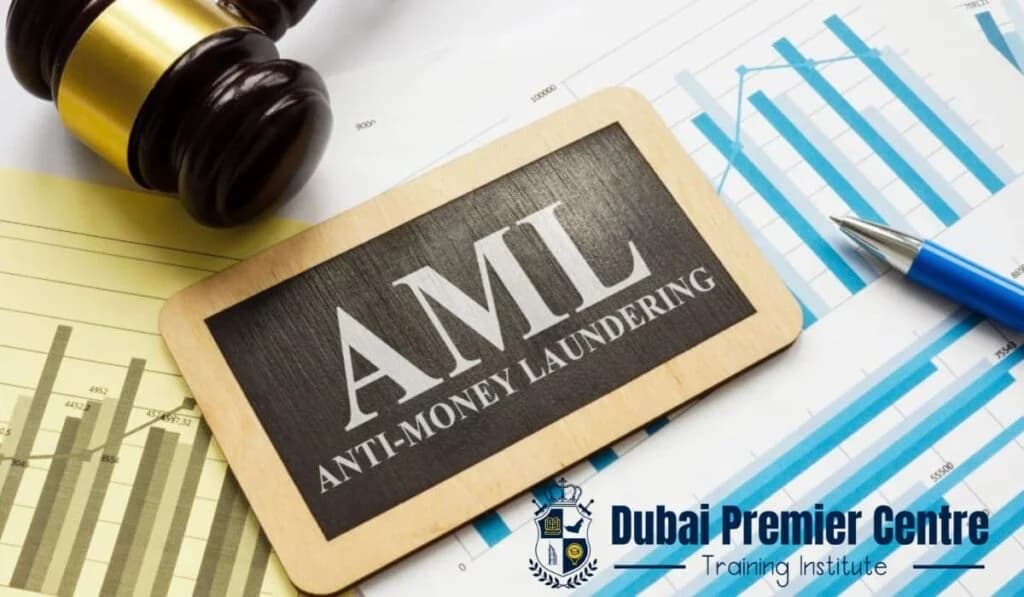What does the anti money laundering fraud department do?

The anti-money laundering fraud department prevents finance related crimes such as hiding illegal money or tricking people. This department works hard to save banks and other financial institutions from money laundering(ML). The team uses AML rules, monitoring transactions to detect any suspicious activity. The department makes sure that all banks and financial institutions follow laws and approach authorities in case of finding any suspicious activity. Their main objective is to keep criminals away from using banks or other financial institutions to do illegal things. They assist in keeping money safe and secure.
The main task of the anti-money laundering fraud department is as follows:
- Designing rules to follow laws
- Checking transactions to spot strange patterns
- At last, reporting risks to prevent financial crimes.
By fulfilling their responsibilities, they aware of banks to remain active all the time so that the financial world remains honest and secure.
What are the key responsibilities of the anti-money laundering fraud department?
This section discusses the details of the roles and responsibilities of the AML fraud department.
1. Obeying Rules and Laws
Organizations need to stick to rules and regulations to stop illicit activities such as terrorist financing and money laundering. Financial Action Task Force (FATF) is the that issued these laws. It has a purpose to keep nations and businesses secure and legal.
2. Checking potential risks
All businesses need to remain alert for any potential risks like financial fraud or money laundering. These crimes may occur within their businesses or through their clients. Be aware in advance can help companies avoid problems.
3. Knowing Your Customer(KYC)
Organizations need to know all about their customers. This includes monitoring their transactions, verifying their identity and making sure they are not involved with any suspicious activity. This also known as Customer Due Diligence(CDD) or Know Your Customer(KYC). This ensures that the customer is real and is not involved in any criminal activity.
4. Keep an eye on transactions
This means keeping an eye on all transactions that happen on a regular basis. The main purpose is to find any strange actions or unusual activity that might be a sign of money laundering. By adopting this step, companies can protect their organizations from being caught by criminals.
5. Reporting Suspicious Actions
When an individual finds suspicious financial activities or something that does not look right, they must report it to the relevant authorities. This is referred to as reporting suspicious activity. This is important since it is required by law that companies make such disclosures to help prevent crime and maintain the stability of the financial system.
6. Preventing Fraud
Fraud is cheating to obtain money in an unfair way. Businesses create and employ certain rules and tools to stop this from happening. They help protect the business and its consumers from losing money through fraud. Stopping fraud keeps a great deal of faith between companies and people.
7. Deep dive into problems
If there is a little chance of financial fraud or money laundering then the company should deeply investigate all the problems. It is important to check details and collaborate with police or law groups to find problems and prevent crime.
8. Employee training
Train employees and update them with new rules and regulations to identify suspicious activities, understand reporting procedure and stay alert about future threats. The workshop should have various sessions that include real-life examples and quizzes to reinforce learning.
9. Policy development
Implement clear and understandable rules for transaction monitoring, customer identification, and incident reporting. Review policies quarterly to confirm that they remain consistent with changing regulations and industry best practices.
10. Internal audits
Perform weekly audits to find out any weaknesses in the system, solve problems and verify compliance. For this purpose company should collaborate with third parties for deep evaluations and to benchmark against global standards.
Good prevention is an ongoing endeavor. Training keeps a team aware of ongoing scams, and sound policy enables you to take measures to mitigate risk. Audits can give infrequent verification of the systems, taking corrective action as gaps are created, or risks are recognized to keep compliance and security present in operations. It is the role of management to budget effectively and provide personnel to sustainability to ensure continuation of the development and implementation processes over the long term.
Difference between AML and anti-fraud departments
Although AML and Anti-Fraud teams avoid financial crimes, they both have distinct core missions. AML teams (Anti-Money Laundering) are concerned with compliance with regulations and laws to safeguard the financial system from being tainted by nefarious players. They are concerned with stopping the facilitation of funds from illicit activities by banks or corporations. Anti-Fraud units, however, deal with the detection and prevention of fraud, which is deceitful activity which causes loss of money to a firm or an individual. All these units have varying goals, but employ identical tools and procedures in the fulfillment of their goals. There is also periodic overlap between the teams, since flush financial activity is disapproved of by both and there is a general aim to avoid loss of money.
Final words
Anti-money laundering (AML) fraud department plays a vital role in the financial system to prevent criminals from indulging in money laundering and other financial frauds. The prime tasks of the department involve AML policy making and implementing, transaction monitoring for suspicious transactions, conducting customer due diligence (KYC), reporting risk to the law enforcement agencies and other in-situ authorities, and training staff members about new risks so that they are alert enough in light of evolving threats. Their function is to assist banks and the financial sector stay in line with the laws that regulate this sector and to maintain the ethical integrity of the financial sector as a whole.
Dubai Premier Center Training Institute has a course (Advanced Program in AML Risk Assessment and Compliance Strategies) framed so AML practitioners who wish to be successful professionals in this position can enhance proper skills for framing effective AML programs as well as countering risks. This kind of training is vital for all individuals who wish to combat financial crimes in controlled sectors.
Read Related Articles





